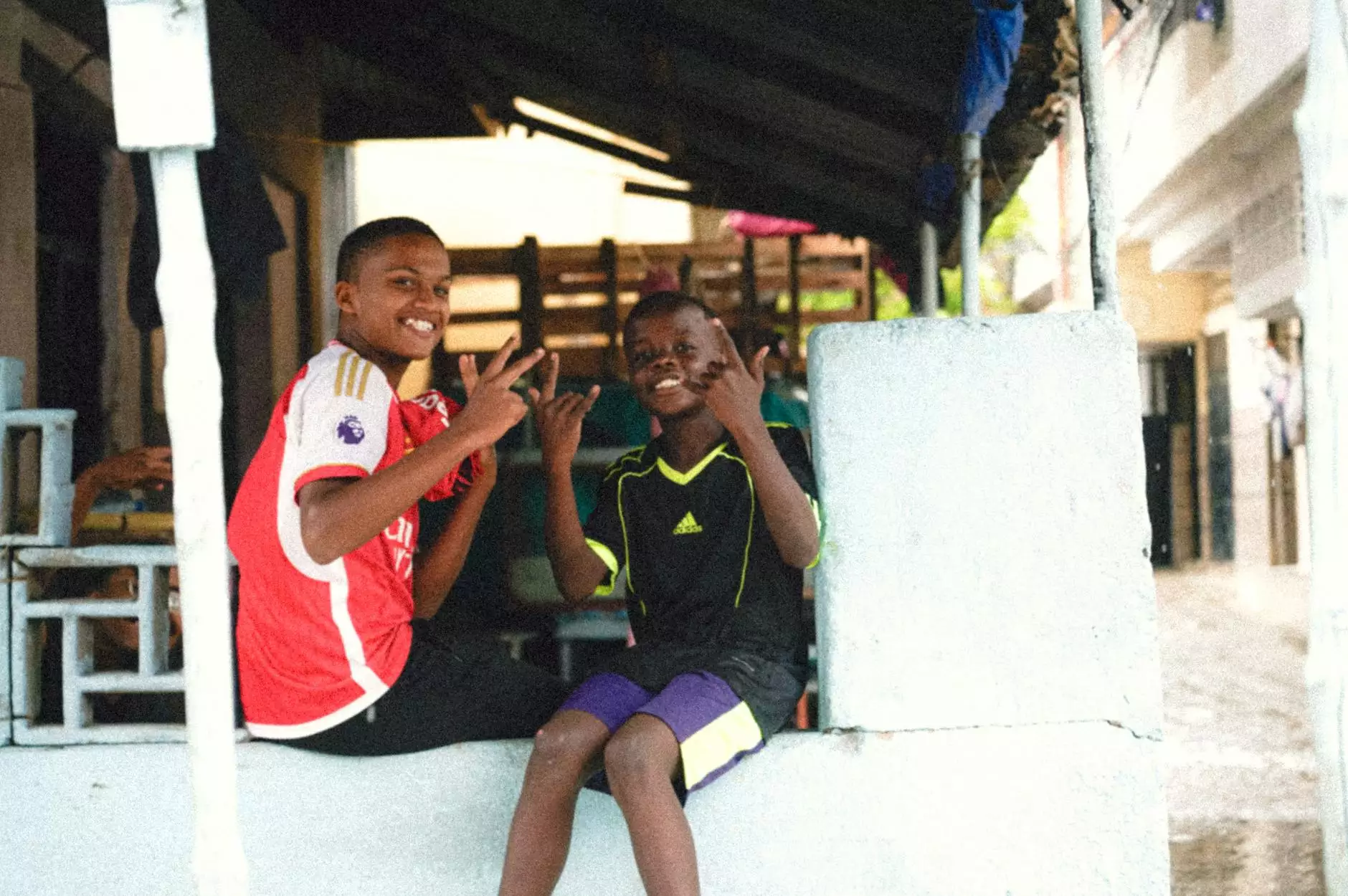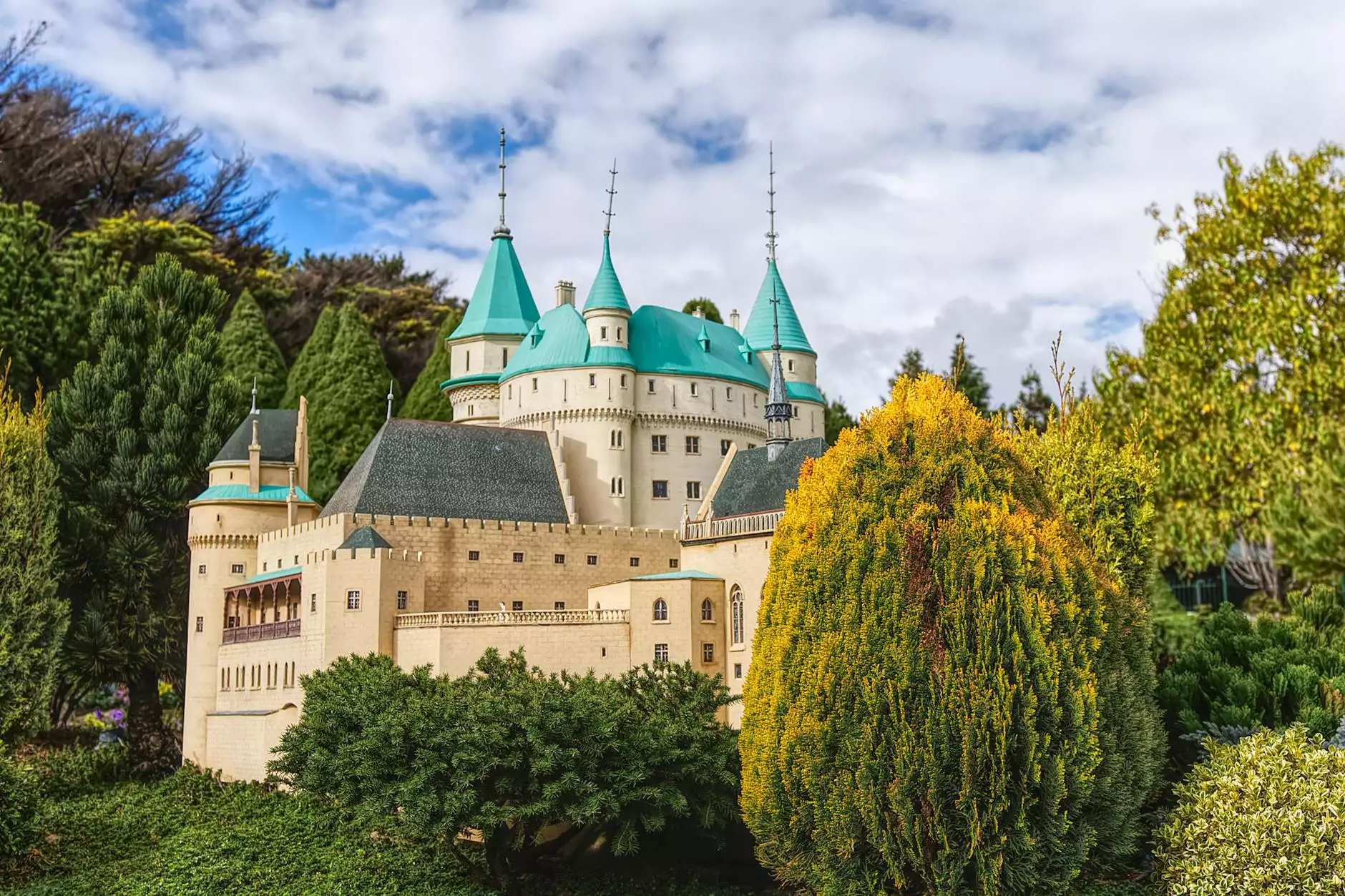Creating a Scavenger Hunt for Adults: The Ultimate Guide

Are you looking for a unique and engaging way to bring friends or colleagues together? Creating a scavenger hunt for adults might be just the answer. This interactive game challenges participants to search for items, solve puzzles, and complete tasks, all while fostering teamwork and creativity. This guide will take you through the essential steps and insights necessary to craft the perfect scavenger hunt experience.
Why Choose a Scavenger Hunt?
Scavenger hunts are not just for kids! They offer numerous benefits for adults, including:
- Team Building: Ideal for corporate gatherings, they emphasize collaboration.
- Networking Opportunities: Encourage mingling and communication among participants.
- Fun and Excitement: A fantastic distraction from daily routine and an opportunity to engage in light-hearted competition.
Planning Your Scavenger Hunt
Effective planning is the backbone of a successful scavenger hunt. Here’s how to get started:
1. Define the Purpose
Before diving into logistics, understand why you are hosting the scavenger hunt. Are you aiming for team-building, celebrating a special occasion, or just having fun with friends? Defining the purpose helps shape the entire event.
2. Choose a Location
Your scavenger hunt location can dramatically influence the experience. Options include:
- Parks: Offer space to roam and nature-based tasks.
- City Streets: Incorporate public landmarks and urban challenges.
- Backyards: Perfect for smaller groups, and easily customizable.
3. Set a Date and Time
Pick a date and time that works for your group. Consider potential weather conditions, especially if planning an outdoor event, to avoid disruptions. Evening hunts can be particularly exciting with added elements like glow sticks or flashlights.
4. Determine Group Size
Consider how many teams will participate. Generally, teams of 3-5 people promote engagement while preventing a few individuals from dominating the activity. Aim for a balance between challenge and collaboration.
Designing the Scavenger Hunt
Once your foundation is laid, it’s time to get creative. Designing the actual hunt involves three core components:
1. Create a List of Clues and Tasks
Your scavenger hunt challenges should be diverse and engaging. Below are several ideas to get you started:
- Photo Challenges: Ask teams to snap pictures with specific landmarks or items.
- Trivia Questions: Incorporate questions relevant to the location.
- Physical Challenges: Require participants to complete a brief physical task.
2. Establish a Storyline or Theme
Adding a storyline can elevate the adventure. For instance, a mystery theme where teams solve a fictional crime can add depth. Alternatively, you could choose themes like 'Around the World' where each task represents a different culture.
3. Use Technology Wisely
Technology can enhance the scavenger hunt experience. Consider using an app for clue delivery, tracking progress, or facilitating communication. QR codes can lead teams to digital hints or locations, merging virtual and real-life components.
Executing the Scavenger Hunt
On the day of the event, effective execution ensures a smooth experience:
1. Gather Supplies
Make a checklist of necessary items. Common supplies include:
- Clipboards
- Pens or pencils
- Cameras or smartphones for photo tasks
- Maps (if needed)
2. Set Up the Starting Point
Designate a central location for participants to gather. This is where you will explain the rules, distribute materials, and provide insight into the scavenger hunt’s storyline, if applicable.
3. Explain the Rules
Clearly outline the rules to avoid confusion. Include aspects such as:
- The timeframe for the hunt
- How tasks will be marked complete
- Scoring systems and prizes for winners
Tips for a Successful Scavenger Hunt
To enhance the fun and maximize engagement, consider the following tips:
1. Encourage Collaboration
Create tasks that require teamwork to foster stronger connections among participants. Collaboration not only makes the experience enjoyable, but it also promotes effective communication.
2. Keep it Inclusive
Ensure tasks are designed so everyone can participate regardless of physical fitness levels or skill sets. Offer a range of challenges suitable for varying abilities.
3. Provide Prizes
Everyone loves a reward! Offering small prizes for victors can add an element of friendly competition. Prizes could range from gift cards to fun trophies. Make sure they align with the scavenger hunt’s theme.
After the Scavenger Hunt
Once the adventure concludes, gather all teams back at the starting point. To wrap up the event:
1. Share Highlights
Encourage participants to share their favorite moments or funny stories from the hunt. This can help deepen relationships and create lasting memories.
2. Announce Winners
Provide a brief debriefing by announcing the scores and naming the winning team. Consider showcasing their photos or notable achievements from the hunt to create a celebratory atmosphere.
3. Gather Feedback
Collect feedback from participants. Understanding what they enjoyed and what could be improved will be invaluable for any future events.
Final Thoughts: The Joy of Creating Memories
In conclusion, creating a scavenger hunt for adults is an inventive way to engage, entertain, and foster connections among friends or colleagues. By meticulously planning, executing with enthusiasm, and incorporating fun challenges, you not only create an unforgettable event but also deeper relationships among participants. So gather your friends, unleash your creativity, and embark on an adventure that will have everyone talking long after the treasure is found.
For more tips and adventures, visit grapevinequest.com.









